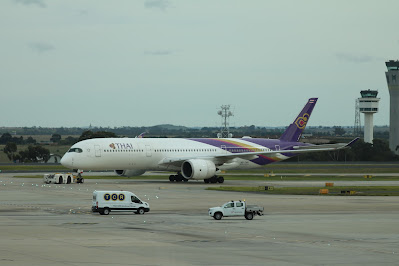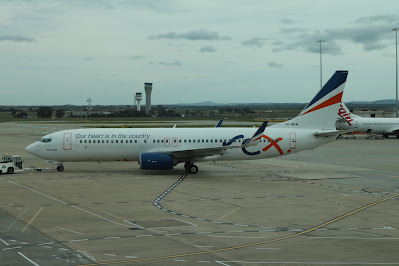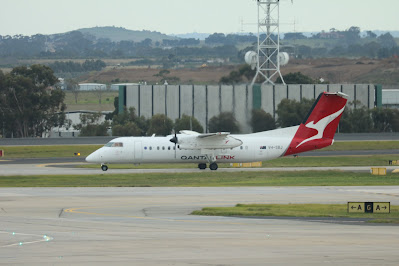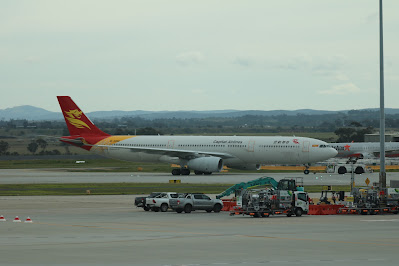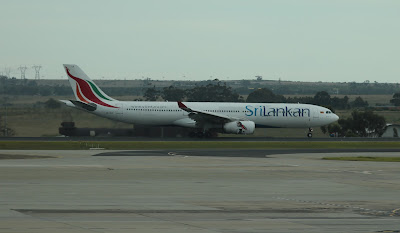
Today we remember Air Canada Flight 143, or more commonly known as the "Gimli Glider". AC143 was a Canadian scheduled domestic passenger flight between Ottowa (YOW/CYOW) and Edmonton (YEG/CYEG) that ran out of fuel on the 23rd of July 1983, at an altitude of 41,000 feet (12,500 m), midway through the flight. The flight crew successfully glided the Boeing 767 to an emergency landing at a former Royal Canadian Air Force base in Gimli, Manitoba that had been converted to a motor racing track. This unusual aviation incident earned the aircraft the nickname "Gimli Glider".
The accident is commonly blamed on mistaking pounds for kilograms, which resulted in the aircraft carrying only 45% of its required fuel load. However, the unit's error was the last in a series of failures that aligned in a Swiss cheese model to cause the accident. The aircraft departed Montreal and landed at Ottawa, a scheduled stop on its way to Edmonton. At Ottawa the plane was re-fueled, and the crew were told 11,430 liters of fuel were on board. The flight crew then thought they had 20,400 kilos of fuel (instead of only 9,144 kilos!). This amount was entered in the FMS.
En route to Edmonton, at FL410, the EICAS warned low fuel pressure in the left fuel pump. The captain at once decided to divert the flight to Winnipeg, then 120 miles (192 km) away, and commenced a descent. Within seconds, warning lights appeared indicating loss of pressure in the right main fuel tank. Within minutes, the left engine failed, followed by failure of the right engine. The aircraft was then at 35,000 feet, 65 miles (104 km) from Winnipeg and 45 miles (72 km) from Gimli. Without power to generate electricity all the electronic gauges in the cockpit became blank, leaving only stand-by instruments, consisting of a magnetic compass, an artificial horizon, an airspeed indicator and an altimeter. Vectors were given to Gimli. The captain, who had flying experience on a glider, used gliding techniques to manoeuver the airplane for the approach. The landing gear was lowered, but the nose gear could not be lowered and locked. The 767 touched down on runway 32L within 800 feet of the threshold. The nose contacted the runway, and the airplane came to rest short of a part of the runway which was at the time being used as a drag racing strip.
The Board of Inquiry found fault with Air Canada procedures, training, and manuals. It recommended the adoption of fueling procedures and other safety measures that were already being used by US and European airlines. The Board also recommended the immediate conversion of all Air Canada aircraft from Imperial units to metric units, since a mixed fleet was more dangerous than an all-Imperial or an all-metric fleet.
Following Air Canada's internal investigation, Captain Pearson was demoted for six months, and First Officer Quintal was suspended for two weeks for allowing the incident to happen. Three maintenance workers were also suspended. In 1985 the pilots were awarded the first ever Fédération Aéronautique Internationale Diploma for Outstanding Airmanship. Several attempts by other crews who were given the same circumstances in a simulator at Vancouver resulted in crashes. Quintal was promoted to captain in 1989. Pearson remained with Air Canada for ten years and then moved to flying for Asiana Airlines; he retired in 1995. Maurice Quintal died at the age of 68 on September 24, 2015, in Saint-Donat, Quebec.
The aircraft was temporarily repaired at Gimli and flew out two days later to be fully repaired at a maintenance base in Winnipeg. Following the full repair, the aircraft was returned to service with Air Canada. Following a successful appeal against their suspensions, Pearson and Quintal were assigned as crew members aboard another Air Canada flight.
Aircraft Information:
Airline: Air Canada
Code: AC/ACA
Aircraft: Boeing 767-233
Registration: C-GAUN
Serial Number: 22520
Engines: 2 Pratt & Whitney JT9D-7R4D
First Flew: 10/03/1983
Age: 5 Months old




